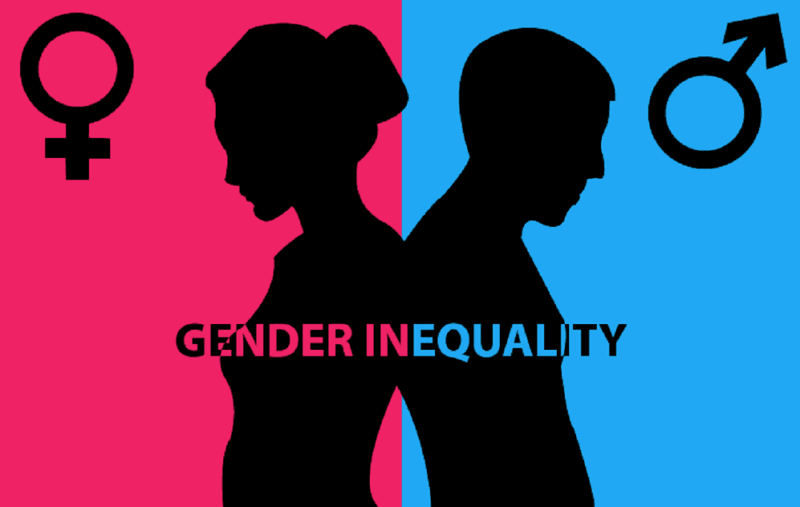National Issues
Gender Inequality Among Women -By Gode Timothy
Implementing policies that ensure equal pay for equal work, promoting women’s leadership roles, and providing support for women in male-dominated industries.

Gender inequality among women can manifest in various ways, including disparities in employment opportunities, wages, access to education, healthcare, and representation in leadership positions. It’s important to address these issues to ensure all women have equal rights and opportunities.
Inequality among women can stem from various factors such as disparities in access to education, employment opportunities, pay gaps, cultural norms and stereotypes, lack of representation in leadership positions, and systemic discrimination based on race, ethnicity, sexuality, or disability. These factors intersect and compound, leading to complex and multifaceted forms of inequality among women.
Addressing gender inequality among women involves multifaceted approaches:
Education: Promoting access to education for girls and women, ensuring equal opportunities in schooling and encouraging enrollment in STEM fields.
Workforce Equality: Implementing policies that ensure equal pay for equal work, promoting women’s leadership roles, and providing support for women in male-dominated industries.
Legal Reforms: Enforcing laws against gender-based discrimination and violence, including harassment and domestic abuse, and ensuring women have equal rights in areas such as inheritance and property ownership.
Healthcare Access: Ensuring access to quality healthcare services, including reproductive healthcare, maternal care, and addressing specific health issues affecting women.
Empowerment Programs: Supporting initiatives that empower women economically, socially, and politically, such as microfinance programs, mentorship opportunities, and leadership training.
Media Representation: Encouraging positive and diverse representations of women in media and challenging stereotypes and gender norms.
Community Engagement: Engaging communities in conversations about gender equality, promoting cultural change, and challenging harmful attitudes and behaviors.
Intersectionality: Recognizing and addressing how gender intersects with other forms of identity, such as race, ethnicity, class, sexuality, and disability, to ensure inclusivity in equality efforts.
Combining these strategies can help create a more equitable society for all women.
Gode Timothy writes from Mass Communication Department Abubakar Tatari Ali Polytechnic Bauchi and can be reached via Gmail
timothygode79@gmail.com


















